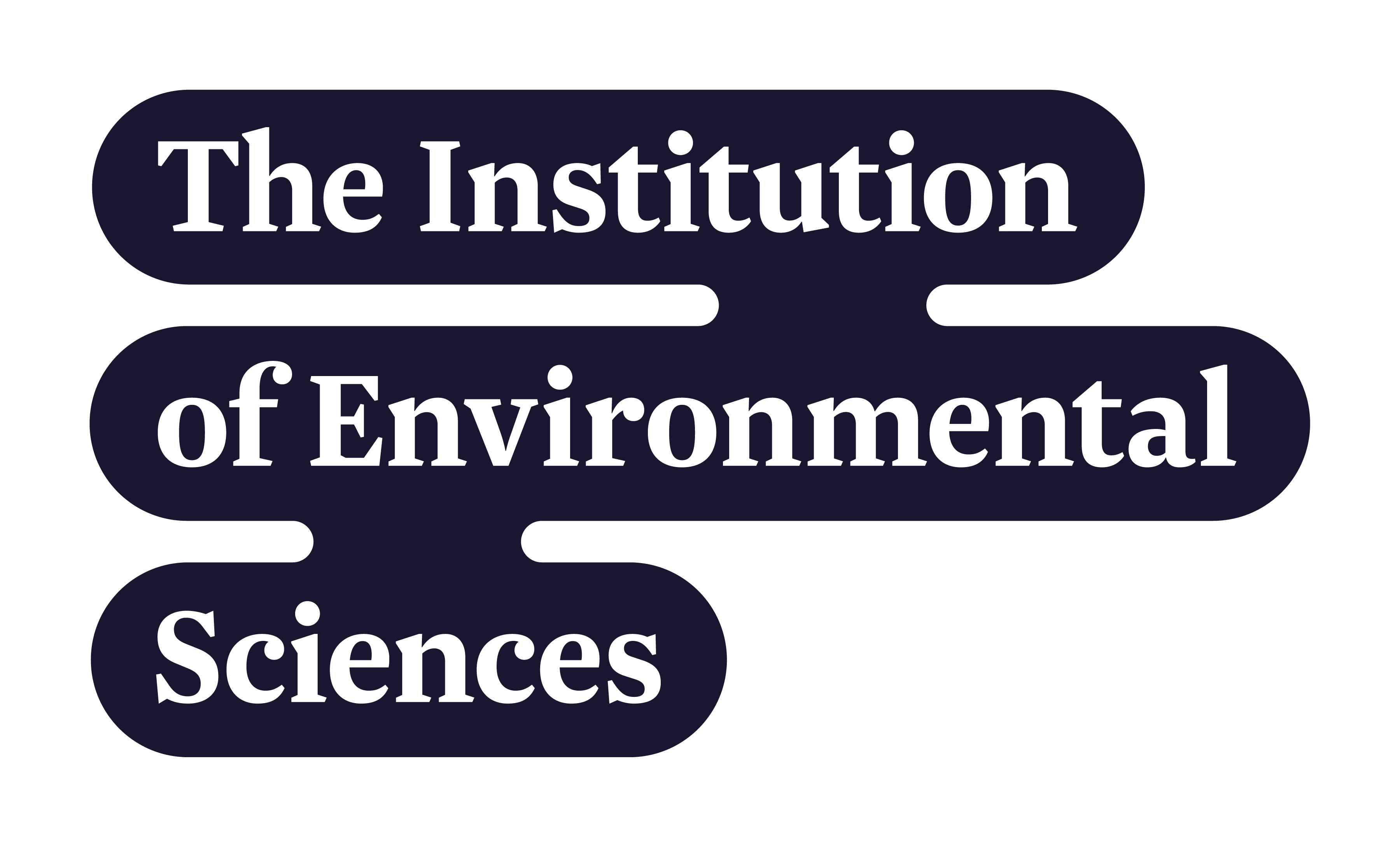Report from the IAQM AGM
At the recent AGM of the Institute for Air Quality Management (IAQM), which is now 10 years old, two current relevant topics relating to air quality management were discussed. This article links to the presentations and adds a few remarks to prompt further discussion.
Air Quality and Emissions Mitigation Guidance for Sussex (pdf)
Nigel Jenkins, Project Manager for Sussex-air and airAlert
The current, still in draft, guidance for Sussex authorities has been developed to deliver a consistent approach to assessing air quality impacts associated with developments.
Sussex is concerned about air quality and greenhouse gas emissions. The guidance makes use of checklists and flow charts to enable decisions about emissions mitigation to be made. The guidance is to help to assist planners, air quality officers and developers make decisions regarding air quality and developments, to have a clear and concise methodology and process, and to provide a consistent approach across Sussex. The guidance will be issued next year. It will be interesting to see if other authorities take up the guidance and how it works in practice in Sussex and whether it needs to be adapted in other areas.
Highways Agency (DRAFT) Significance Guidance: Review and Discussion (.ppsx)
Mark Chapman, Bureau Veritas
IAQM members had responded as individuals to the consultation on the Highways Agency Guidance on air quality significance. The meeting was told that the Highways Agency has already published the final guidance on its web site. However it is happy to come and discuss highways and air quality issues with the IAQM at a future IAQM meeting.
The Highways Agency acknowledges two central dilemmas. The key principle of the Air Quality Directive is to maintain air quality better than limit values and to endeavour to preserve the best ambient air quality. However for appraisal of new road schemes the Highways Agency proposes to base its decisions on whether an air quality impact from its schemes are significant by taking into account areas identified through the scheme assessment as being above the limit values.
The Highways Agency also propose to guide / help shape professional judgement in determining whether a project is having a significant effect on air quality by providing a series of indicators and a checklist upon which the professional judgement of the likely significance can be based. However is this degree of prescription consistent with an emphasis on professional judgement particularly in complex situations? There are criteria laid down in the guidance. What happens when professional judgement suggests that it is preferable not to follow the checklist laid down in the guidance?
The role of the IAQM professional can be seen to be crucial for both new developments and road schemes.


